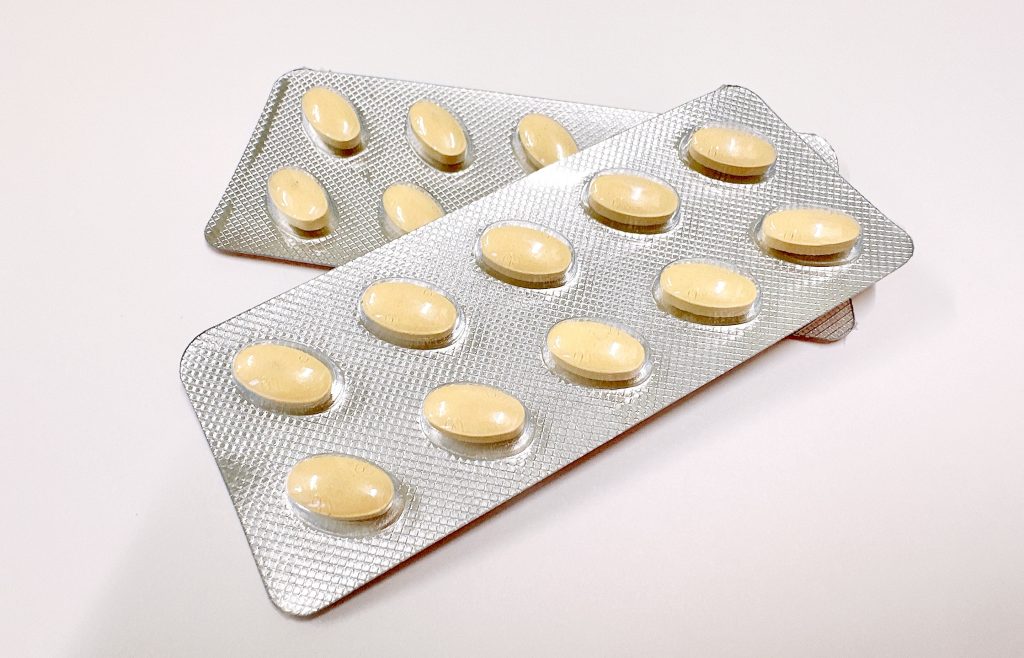この記事の概要
India's drug patent laws have features that have attracted international attention. In relation to why India is a major producer of generic drugs, below is a description of its laws and the background behind its ability to produce drugs at low cost.
India’s drug patent laws have features that have attracted international attention. In relation to why India is a major producer of generic drugs, below is a description of its laws and the background behind its ability to produce drugs at low cost.

Features of Indian Patent Law
India enacted the Indian Patents Act of 1970.This law reflects India’s decision to adopt a unique approach to developing its industry, although it was significantly amended in 2005 to comply with the World Trade Organization’s (WTO) TRIPS Agreement (Agreement on Trade-Related Aspects of Intellectual Property Rights ),Nevertheless, India’s unique characteristics have been preserved.
The main features are as follows
- From process patents to product patents: Previously, only the manufacturing process of a drug was patentable, not the product itself. However, with the 2005 amendment, product patents are now also granted.
- Strict Novelty and Inventive Step Criteria: In India, in order to obtain a patent for a drug, the product must have “marked novelty” and “industrial inventive step”.This makes it difficult to renew a patent for a slight modification (known as evergreening) of an existing drug.
Why medicines can be made cheaply
- Generics promotion: Strict patent standards make many drugs off-patent, thereby facilitating the production of generics (equivalents of off-patent drugs).Generic drugs are less expensive to develop, which translates into lower prices.
- Low manufacturing costs: Because of India’s low labor costs and well-developed manufacturing facilities, the cost of producing medicines is lower than in other countries.This is another factor that helps keep drug prices low.
- GOVERNMENT SUPPORT: The Indian government actively supports the generic drug industry and promotes the availability of affordable medicines at home and abroad. This improves access to developing countries and the poor.
The above factors combine to make India known as the “pharmacy of the world “, providing inexpensive medicines to many countries. It also plays a very important role in international medical assistance.










